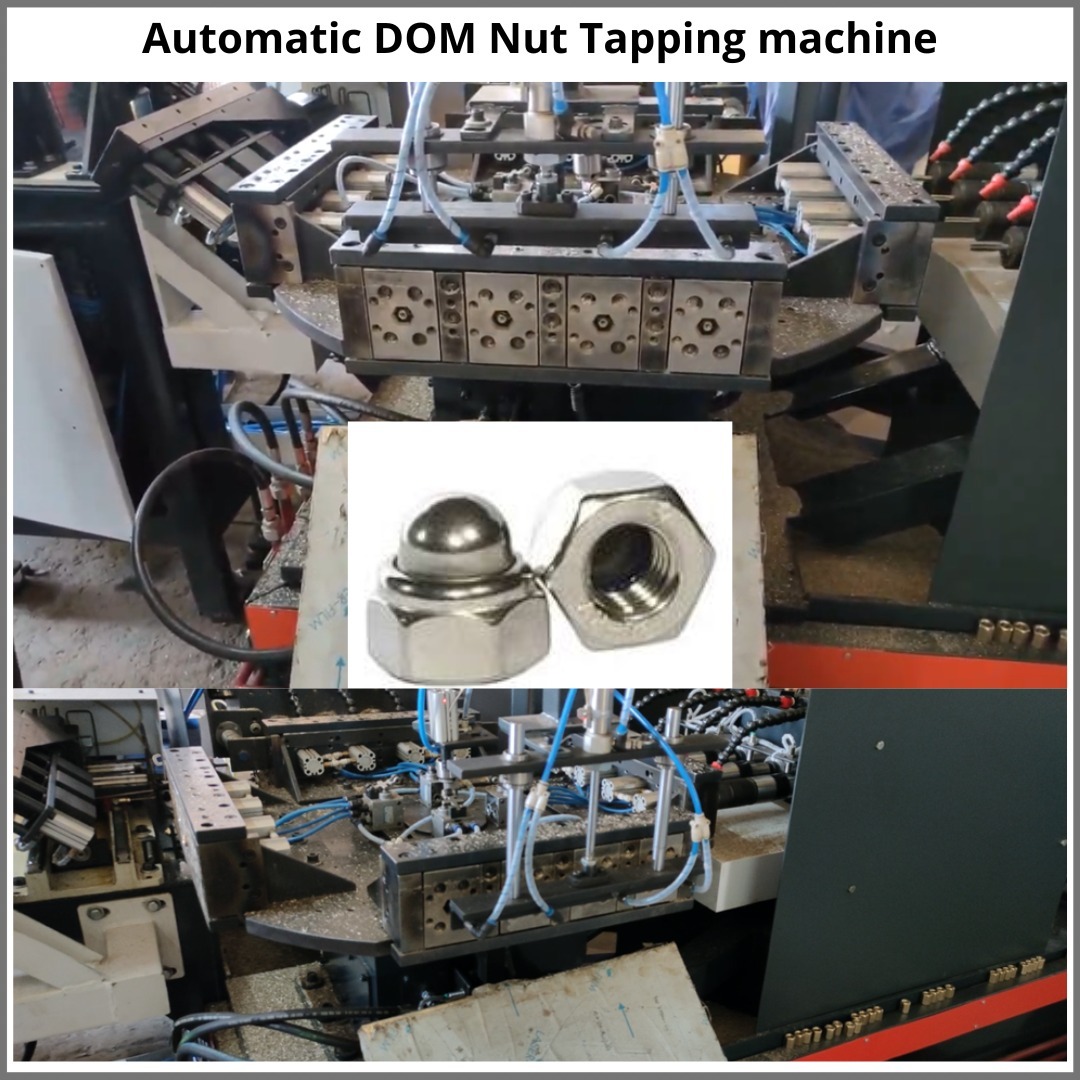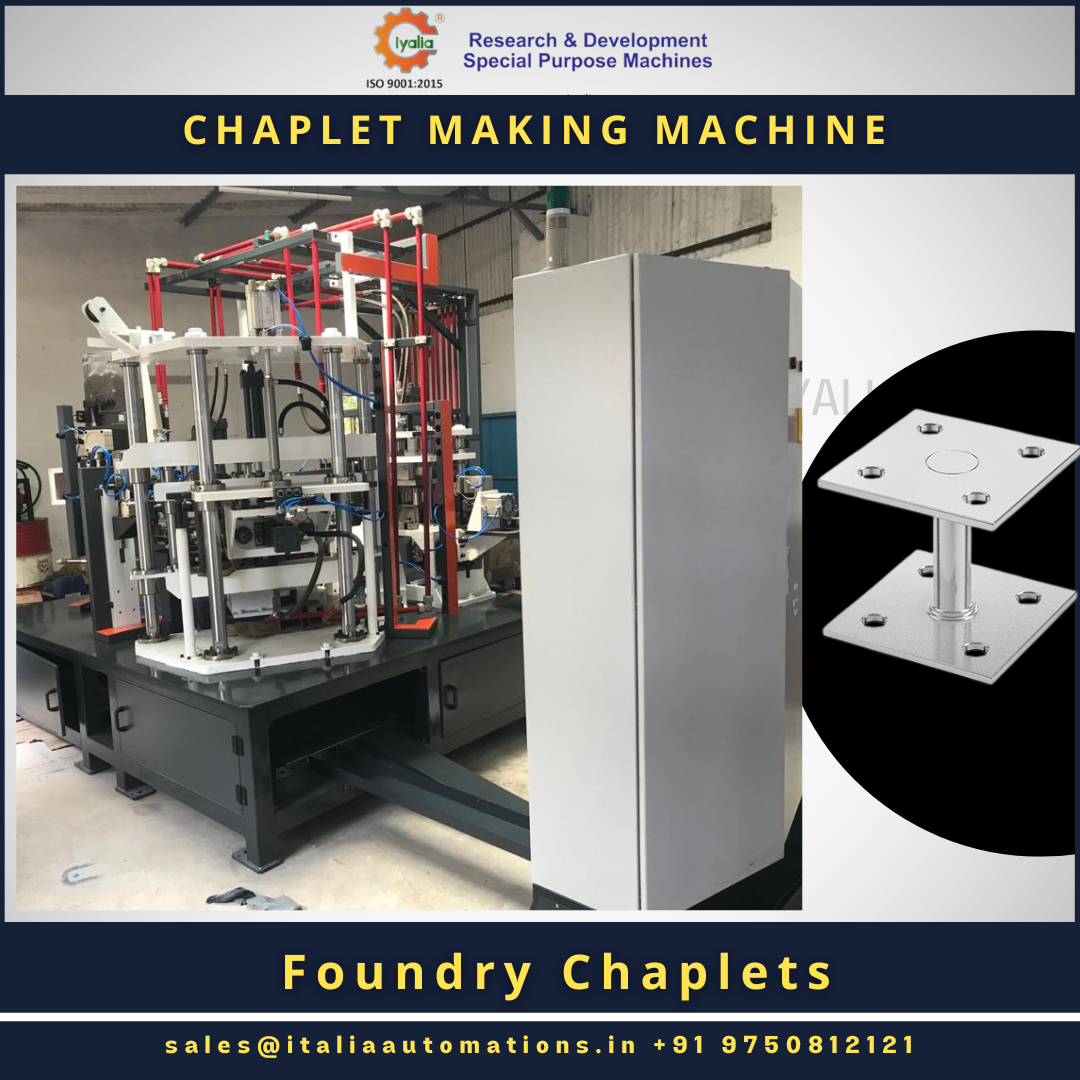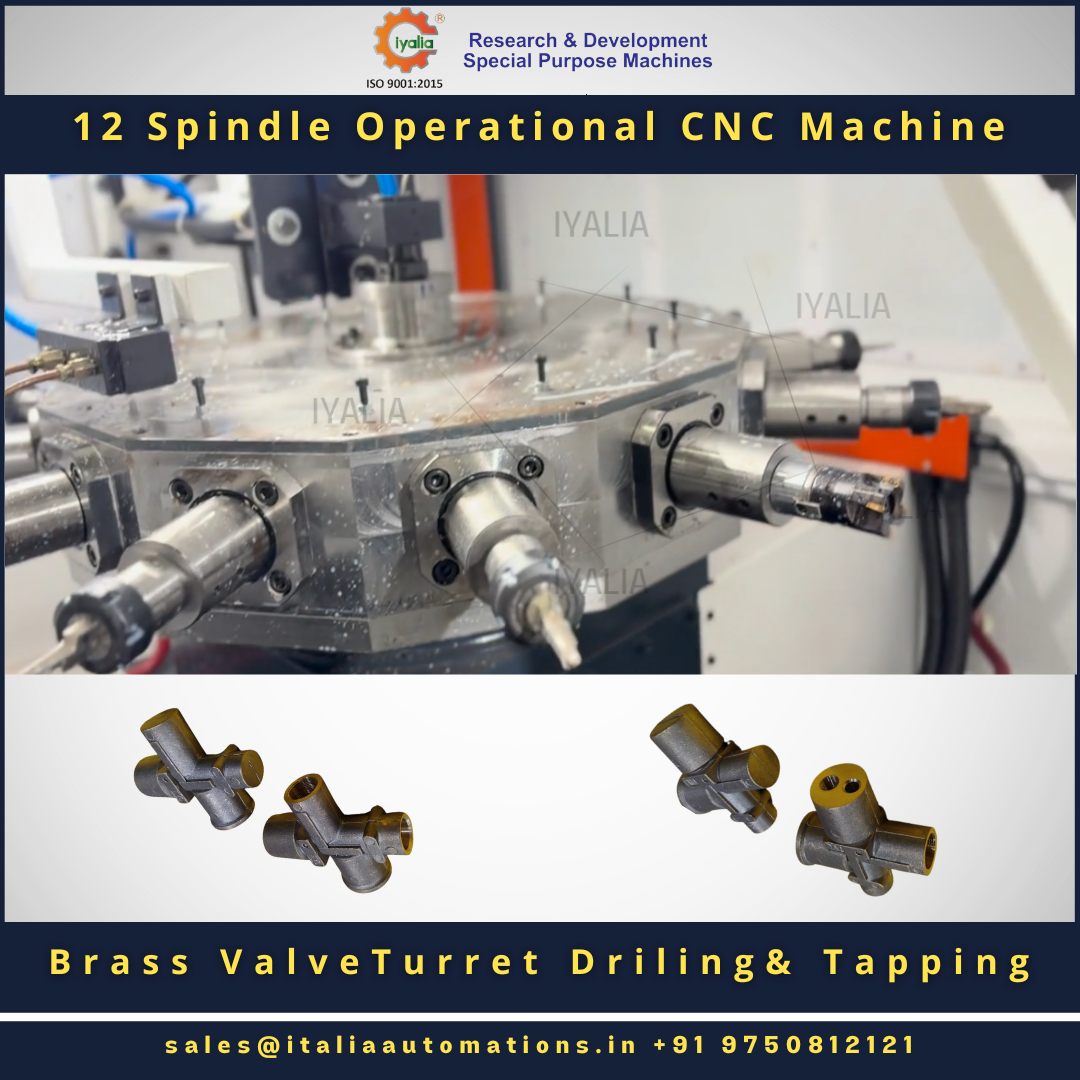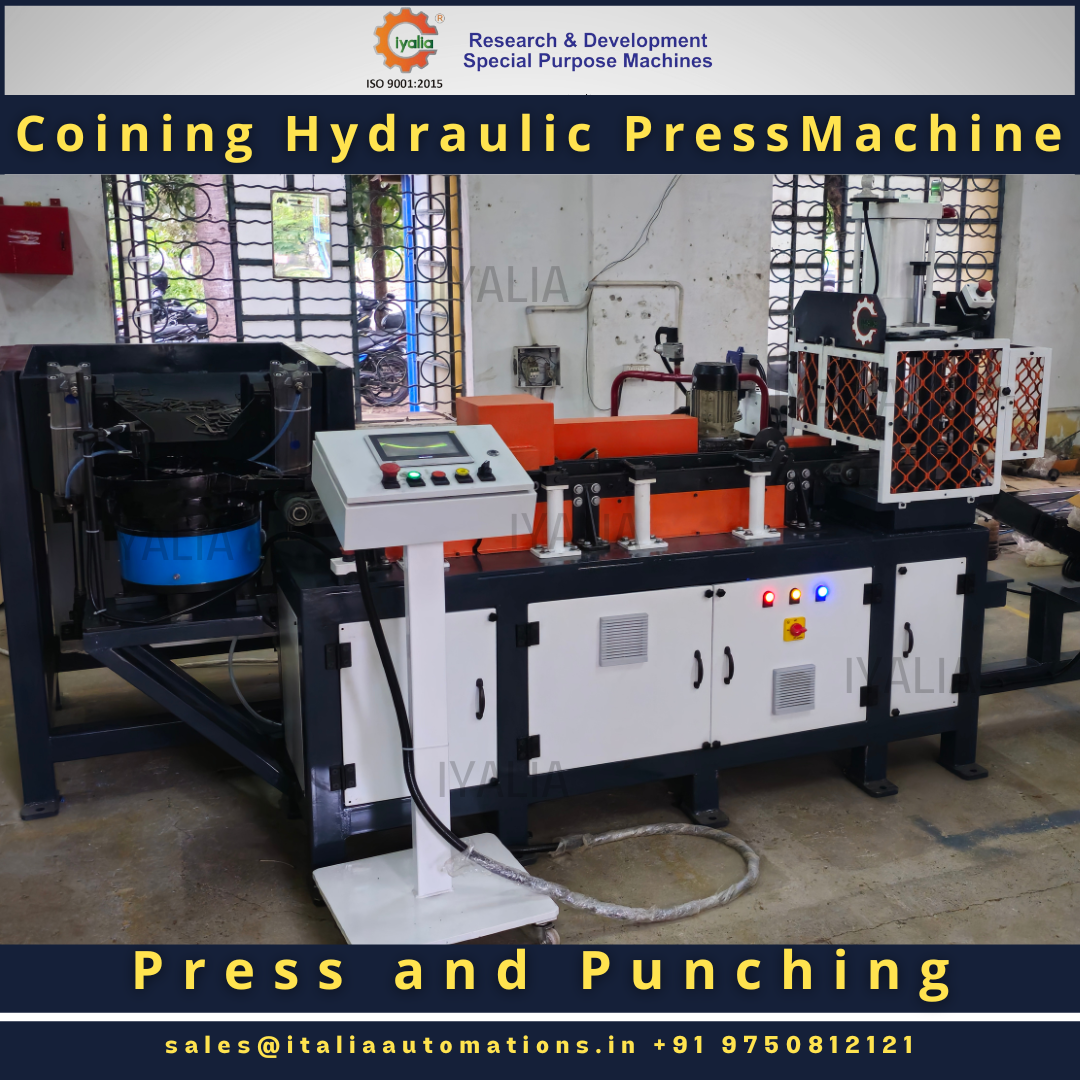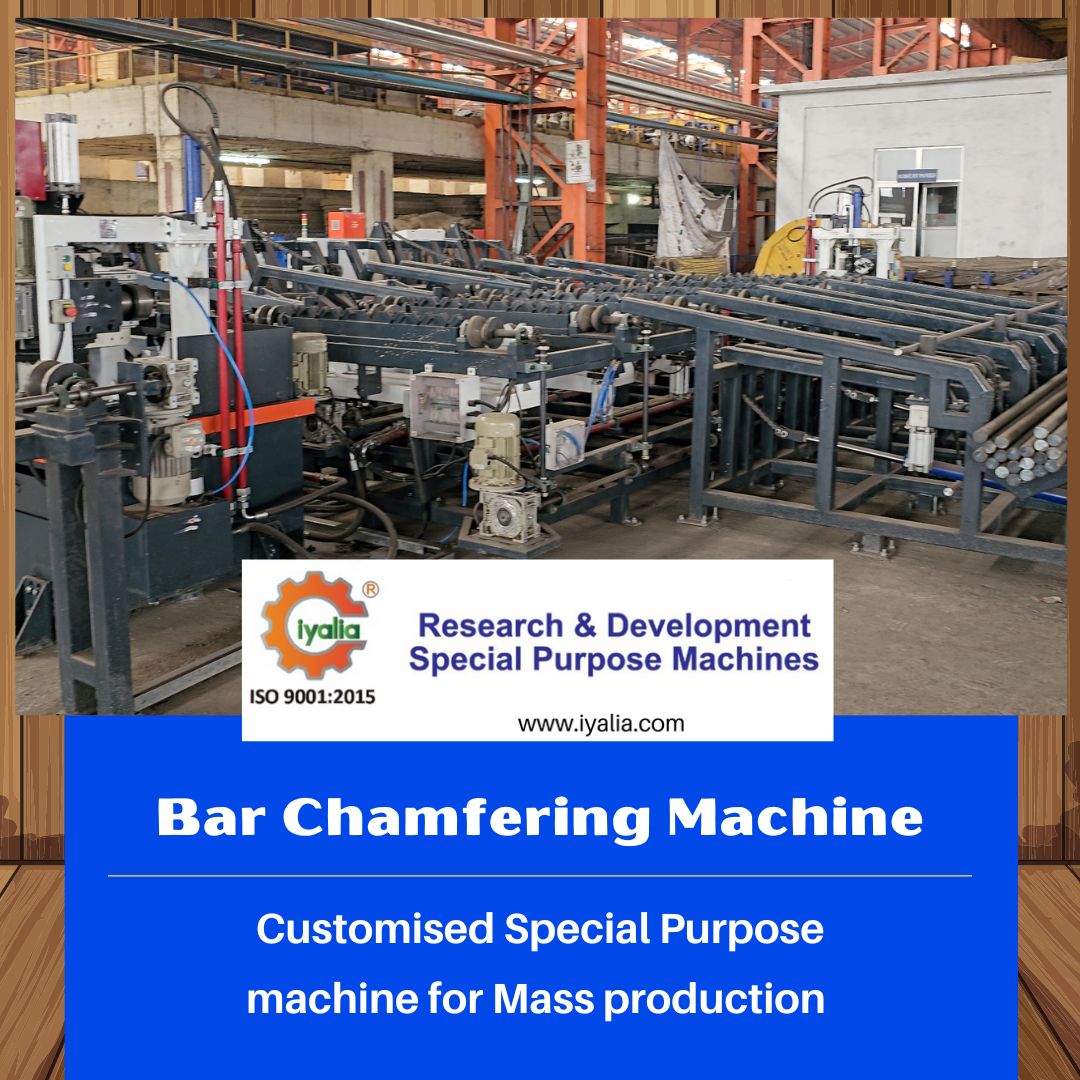
Steel plants require efficient bar chamfering machines to facilitate the chamfering process in the bar ends. This chamfering is crucial as it allows for smooth entry into the ultrasonic testing machine. By expanding on this topic, we can explore the importance of chamfering machines, their functionality, benefits, and the impact they have on the steel industry.
Chamfering is the process of creating a beveled or angled surface at the end of a bar. In the context of steel plants, chamfering is performed on steel bars to remove sharp edges, burrs, or imperfections that may hinder the smooth movement of the bar during subsequent processes. The chamfered end allows for easier insertion into the ultrasonic testing machine, which plays a critical role in assessing the quality and integrity of steel products.
The bar chamfering machine is specifically designed to automate the chamfering process. These machines utilize cutting tools or grinding wheels to shape the bar end to the desired angle and remove any unwanted material. They are often equipped with advanced features such as adjustable chamfer angles, variable speed control, and precise depth settings to achieve consistent and accurate chamfers.
The benefits of using bar chamfering machines in steel plants are numerous. Let's explore some of the key advantages:
Enhanced Safety: Chamfering machines reduce the risk of injuries caused by sharp edges or burrs on the steel bars. By removing these hazards, workers can handle the bars more safely during subsequent operations.
Improved Efficiency: Manual chamfering can be time-consuming and labor-intensive. Bar chamfering machines automate the process, significantly reducing the time required to chamfer each bar. This leads to increased productivity and overall efficiency in the steel plant.
Consistency and Precision: Chamfering machines ensure uniform chamfer dimensions across all bars, resulting in consistent product quality. The machines offer precise control over the chamfer angle, depth, and length, meeting the desired specifications for each bar.
Cost Savings: With automated chamfering, steel plants can save on labor costs and reduce material wastage. The machines provide accurate chamfers with minimal material removal, optimizing the use of steel bars and minimizing scrap.
Seamless Integration with Ultrasonic Testing: The chamfered end created by these machines allows for easy insertion of the bars into the ultrasonic testing machine. This smooth entry enables efficient and reliable testing for flaws, cracks, or structural abnormalities within the steel bars.
Versatility: Bar chamfering machines can accommodate various bar sizes and types, making them suitable for a wide range of applications in the steel industry. They can handle round bars, square bars, hexagonal bars, and other profiles, ensuring versatility in the chamfering process.
Quality Assurance: By incorporating chamfering machines into their production lines, steel plants can maintain consistent product quality and meet industry standards. The chamfered ends ensure that bars are free from imperfections that could compromise their performance and structural integrity.
The impact of bar chamfering machines on the steel industry is significant. They contribute to the overall improvement of steel manufacturing processes, leading to better product quality, increased production efficiency, and enhanced safety measures. These machines align with the industry's continuous drive towards automation and technological advancements.
In addition to the direct benefits mentioned above, the use of chamfering machines indirectly affects other aspects of the steel industry, such as supply chain management, transportation, and customer satisfaction. The standardized chamfered ends simplify the handling, stacking, and transportation of steel bars, reducing the likelihood of damage during transit. Furthermore, customers who receive accurately chamfered bars experience smoother installation and reduced risks during subsequent applications.
As technology continues to advance, bar chamfering machines are likely to incorporate more sophisticated features and capabilities. Manufacturers may introduce machine learning algorithms or artificial intelligence systems to optimize chamfering parameters based on specific bar characteristics. Additionally, advancements in materials and cutting/grinding techniques may further enhance the efficiency and precision of these machines.
In conclusion, the integration of bar chamfering machines in steel plants plays a vital role in streamlining operations and ensuring high-quality products. These machines provide consistent chamfers, improve safety, increase productivity, and facilitate the seamless entry of bars into ultrasonic testing machines. As the steel industry continues to evolve, chamfering machines will remain an indispensable asset, helping manufacturers meet the demands of an ever-changing market.
Keywords
use
risk
time
topic
burrs
scrap
flaws
types
damage
length
impact
cracks
demands
context
hazards
workers
surface
transit
stacking
injuries
addition
handling
bar ends
materials
customers
Precision
automation
importance
vital role
conclusion
technology
likelihood
round bars
steel bars
wide range
Consistency
labor costs
square bars
Versatility
performance
sharp edges
smooth entry
productivity
Steel plants
capabilities
Cost Savings
imperfections
Manufacturers
functionality
other aspects
critical role
desired angle
cutting tools
hexagonal bars
steel products
seamless entry
steel industry
key advantages
transportation
easy insertion
other profiles
precise control
changing market
direct benefits
smooth movement
safety measures
grinding wheels
Enhanced Safety
easier insertion
material wastage
production lines
continuous drive
reliable testing
advanced features
Quality Assurance
Manual chamfering
accurate chamfers
various bar sizes
unwanted material
overall efficiency
chamfering process
industry standards
indispensable asset
consistent chamfers
Improved Efficiency
overall improvement
structural integrity
subsequent processes
automated chamfering
Seamless Integration
subsequent operations
production efficiency
high-quality products
smoother installation
customer satisfaction
chamfering parameters
variable speed control
precise depth settings
desired specifications
sophisticated features
subsequent applications
supply chain management
minimal material removal
structural abnormalities
adjustable chamfer angles
uniform chamfer dimensions
ultrasonic testing machine
technological advancements
consistent product quality
standardized chamfered ends
machine learning algorithms
cutting/grinding techniques
specific bar characteristics
steel manufacturing processes
artificial intelligence systems
efficient bar chamfering machines
